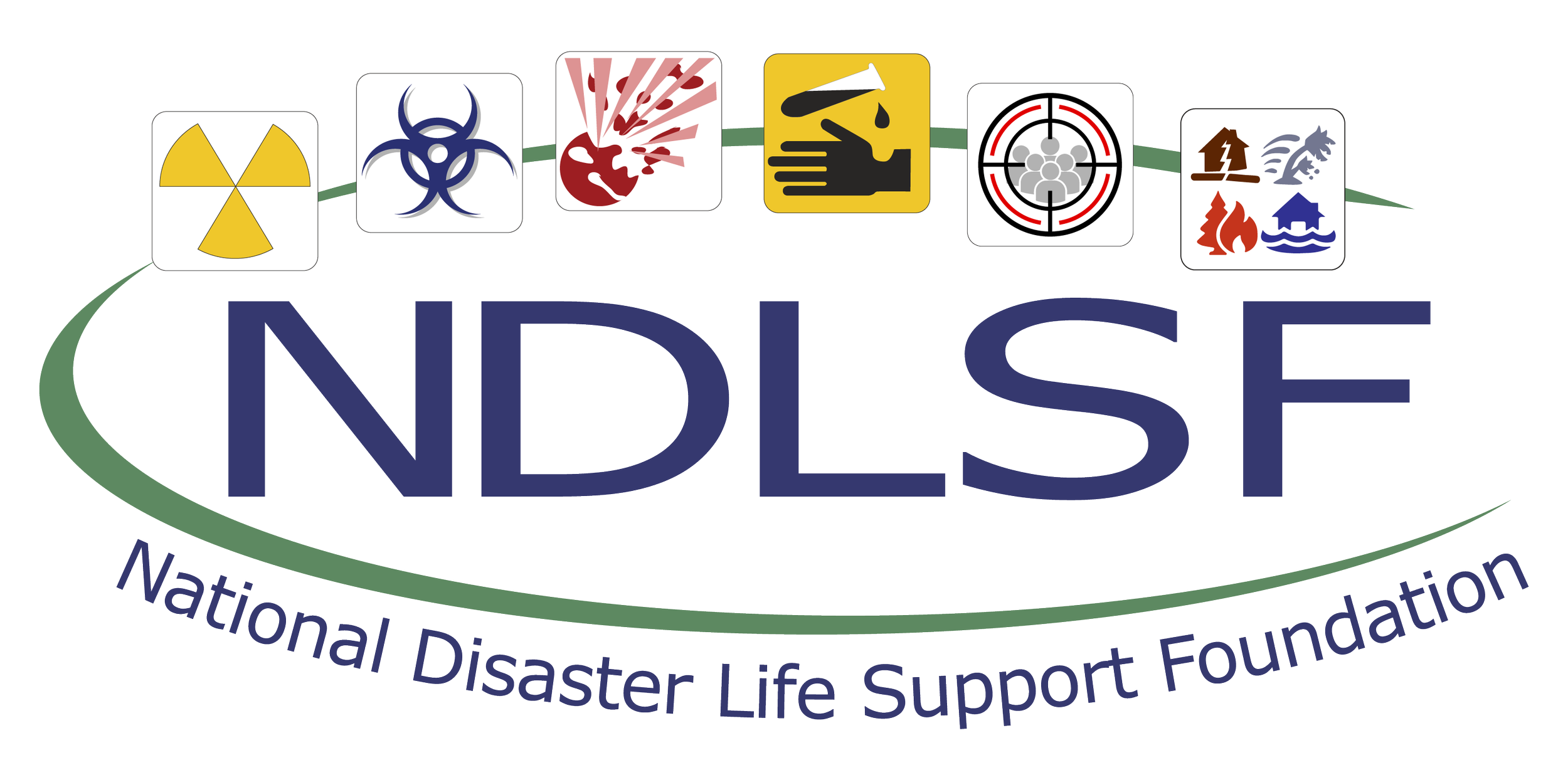The Basic Disaster Life Support™ (BDLS®) course is a 7.5 hour competency-based, awareness-level course that introduces concepts and principles to prepare health professionals for the management of injuries and illnesses caused by disasters and public health emergencies. The course builds upon, applies, and reinforces information presented in the Core Disaster Life Support® (CDLS®) course. This includes application of core principles and concepts in emergency management and public health as introduced in the CDLS course through the PRE-DISASTER Paradigm™ and DISASTER Paradigm™. The primary focus of the BDLS course is incorporation of an “all-hazards” approach to mass casualty management and population-based care across a broad range of disasters. Measures to ensure and enhance health workforce readiness are emphasized throughout the course. This includes a consistent and scalable approach to workforce protection and casualty management, as well as, mass casualty triage and fatality management.
The BDLS course is designed to engage participants through interactive scenarios and group discussion. The overarching aim of the BDLS course is to teach a common lexicon, vocabulary, and knowledge base for the clinical and public health management of all ages and populations affected by disasters and public health emergencies, through a standardized curriculum that is practical and relevant for all health professionals. Knowledge gained in the course can then be reinforced and expanded through application in the Advanced Disaster Life Support™ (ADLS®) course. The BDLS course is aimed at a broad range of audience categories that share a common likelihood of providing clinical care and assistance to casualties during a disaster or public health emergency, including healthcare, public health and allied health professionals; emergency medical services personnel; and other medical first responders and receivers.
Certifications in BDLS remain active for three years from the date of issuance.
Upon completion of the BDLS course, the participant will be able to:
Describe an all-hazard, standardized, scalable casualty management approach for use in disasters and public health emergencies, including life-saving interventions and medical decision making in an altered care environment.
Describe information sharing, resource access, communication, and reporting methods useful for health professionals during disasters and public health emergencies.
Describe the purpose and importance of the incident management system for providing health and medical support services in a disaster or public health emergency.
Describe field, facility, community, and regional surge capacity assets for the management and support of mass casualties in a disaster or public health emergency.
Describe considerations and solutions to ensure continuity of and access to health-related information and services to meet the medical and mental health needs of all ages, populations, and communities affected by a disaster or public health emergency.
Describe public health interventions appropriate for all ages, populations, and communities affected by a disaster or public health emergency.
Identify the potential casualty population in a disaster or public health emergency, including persons with acute injuries or illnesses; those with pre-existing disease, injuries, or disabilities; those with age-related vulnerabilities and other functional and access needs; and their family/caregiver support network.
Describe the deployment readiness components for health professionals in a disaster or public health emergency.
Describe an all-hazards standardized, scalable workforce protection approach for use in disasters and public health emergencies, including detection, safety, security, hazard assessment, support, and evacuation or sheltering in place.
Describe actions that facilitate mass casualty field triage utilizing a standardized step-wise approach and uniform triage categories.
Describe the concepts and principles of mass fatality management for health professionals in a disaster or public health emergency.
Describe the clinical assessment and management of injuries, illnesses, and mental health conditions manifested by all ages and populations in a disaster or public health emergency.
Describe moral, ethical, legal, and regulatory issues relevant to the health- related management of individuals of all ages, populations, and communities affected by a disaster or public health emergency.

